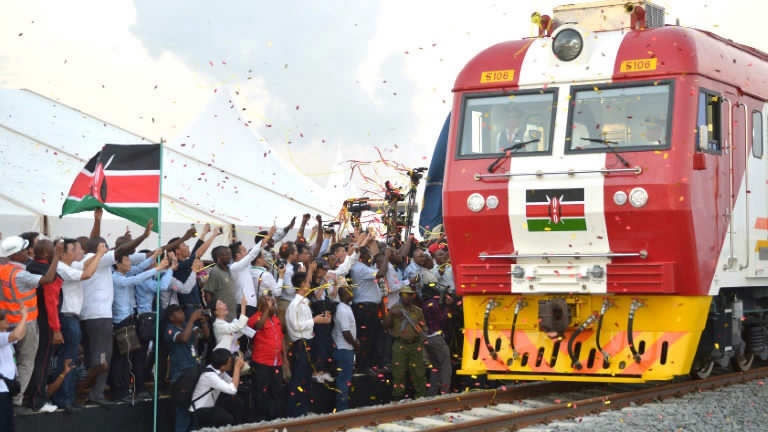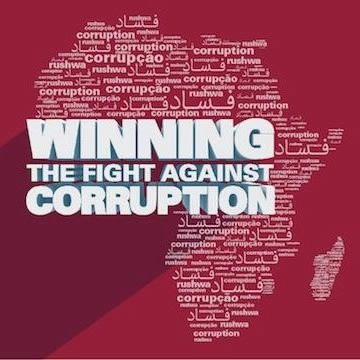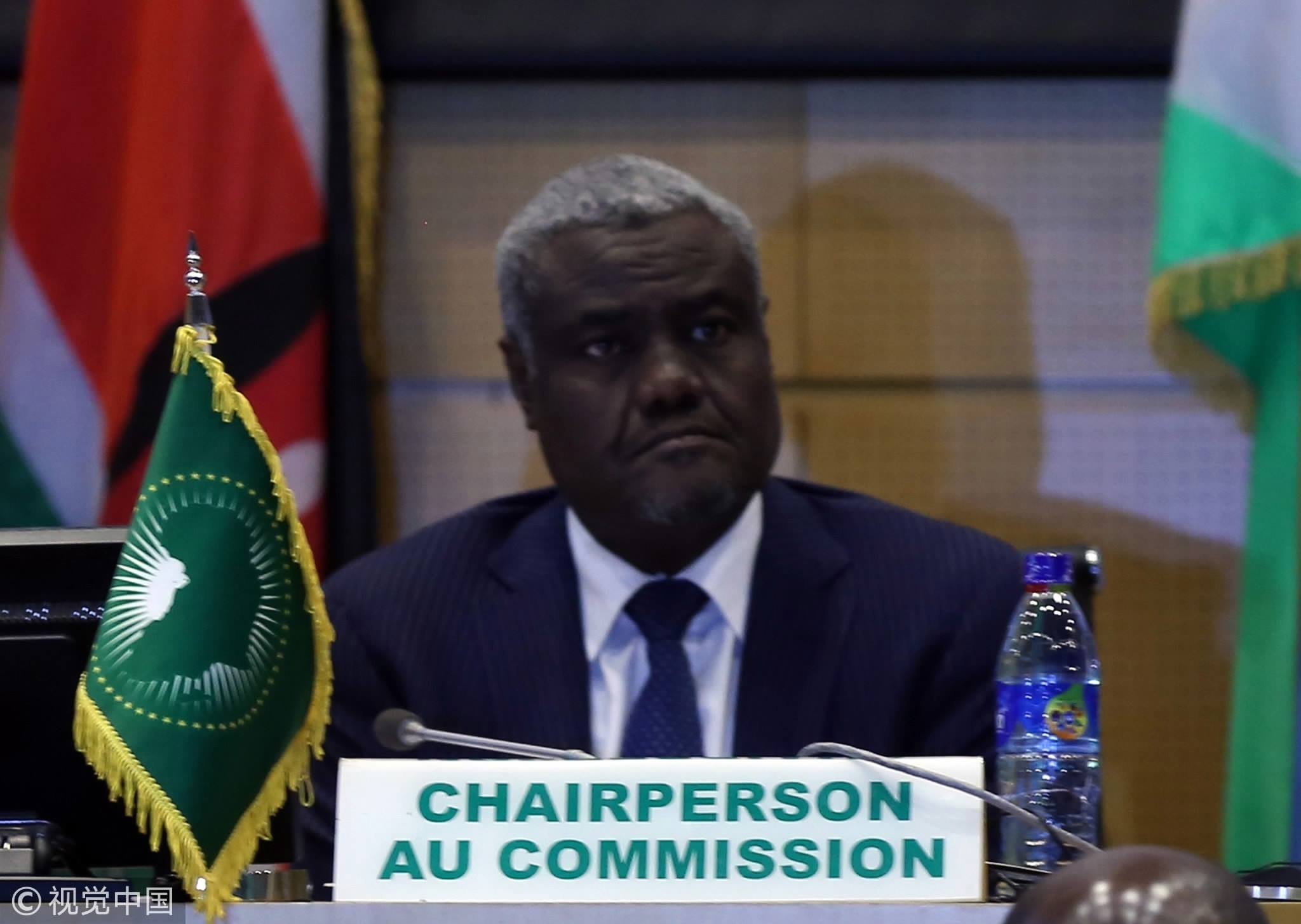
Opinions
17:52, 26-Jan-2018
Opinion: The African Union as a unifying force for cooperation with the Belt and Road Initiative
Guest commentary by Hannah Getachew

China’s Belt and Road Initiative has risen to the spotlight since it was announced by Chinese President Xi Jinping in 2013. Within the African continent, two Belt and Road (BnR) projects have received much attention: the Addis Ababa-Djibouti railway and the Nairobi-Mombasa railway. Moving forward there is great potential for China to benefit from the African continents’ continued interest in the Belt and Road Initiative.
There are five key areas of cooperation under the project –policy coordination, facilities connectivity, unimpeded trade, financial integration and cultural exchange. To a degree these elements are indivisible; one area of cooperation cannot flourish if it is completely divorced from the others. However, through the lens of the African Union’s comparative advantage in the Belt and Road space, the objectives of policy coordination and cultural exchange areas merit further analysis.

The theme for this year's AU summit is "Winning the Fight against Corruption: A Sustainable Path to Africa's Transformation." /Photo via AU
The theme for this year's AU summit is "Winning the Fight against Corruption: A Sustainable Path to Africa's Transformation." /Photo via AU
The African Union is located in Addis Ababa, a hub of pan-African policy and economic decision making. Addis Ababa is also home to the headquarters of the United Nations Economic Commission for Africa and hosts satellite offices of over 20 UN agencies, including UN Women, the UN Development Programme and UN Environment Programme. This places the AU in a strategic location for policy coordination within the African continent and as a liaison between African nations and China.
The AU’s special technical committees (STCs) are an important component of its vision for “an integrated, prosperous and peaceful Africa, driven by its own citizens and representing a dynamic force in global arenas.” STCs are organs of the AU and are directly responsible to the Executive Council, as enshrined in Articles 14 and 5 (respectively) of the AU Constitutive Act. Out of the STCs’ many competencies, those most relevant to transforming the AU into a unifying force for cooperation with the Belt and Road is its mandate to “ensure the coordination and harmonization of AU projects and programs.”
An STC dedicated to the Belt and Road would be authorized to create a platform for high-level discourse and policy coordination on associated projects. It could fill a glaring gap in the coherence of Africa’s continental strategy towards the initiative and relations with China. Furthermore, the synergy of policy coordination ensures comprehensiveness and adds legitimacy. An AU Belt and Road STC could facilitate the integration of policies across vertical and horizontal levels, thereby ensuring greater effectiveness.
This STC could begin its work by compiling a centralized database of all existing and potential projects across the African continent. The results of this scoping study would provide a starting point towards identifying sectors of commonality between African countries in their engagement with China with the Belt and Road.

Chairperson of the African Union Commission, Moussa Faki Mahamat. /VCG Photo
Chairperson of the African Union Commission, Moussa Faki Mahamat. /VCG Photo
Such an STC would also benefit from conducting an in-depth analysis of the AU’s Agenda 2063 to pinpoint key areas of cooperation between African countries and China. As a representative of the African continent, the AU’s Belt and Road STC could also reach out to other key actors in the Belt and Road space, such as the African Development Bank, China’s National Development Reform Commission, the Asian Infrastructure Investment Bank, Silk Road Fund, and many others.
By convening relevant actors on a regular basis the STC would naturally become a forum for communication on these topics. Enhanced policy communication is of utmost importance between national, regional and global levels in order to consolidate policy coordination. Such consolidation is to be achieved through the facilitation of dialogue across sectors and by effective coordination between stakeholders.
Another natural result would be the cultural exchange and people-to-people bonds that will flow as a direct result of regular communication for policy planning and coordination. Regular and consistent positive interactions are necessary (though not sufficient) conditions for the building of trust and long-term diplomatic ties.
At the 30th African Union summit, African leaders could take the opportunity to consider mechanisms to consolidate their approach towards the Belt and Road. A special technical committee dedicated to the initiative has the potential to streamline policy coordination and create a space for people-to-people exchanges. Two birds, one stone.
(Hannah Getachew is an Ethiopian, the chief editor of the Peking University Africa Think Tank and writes frequently on the Belt and Road Initiative. The article reflects the author's opinion, and not necessarily the view of CGTN.)

SITEMAP
Copyright © 2018 CGTN. Beijing ICP prepared NO.16065310-3
Copyright © 2018 CGTN. Beijing ICP prepared NO.16065310-3